Battle Studies
Book Excerpt
PART ONE: ANCIENT BATTLE
CHAPTER I
MAN IN PRIMITIVE AND ANCIENT COMBAT
II KNOWLEDGE OF MAN MADE ROMAN TACTICS; THE SUCCESSES OF HANNIBAL; THOSE OF CAESAR
III ANALYSIS OF THE BATTLE OF CANNAE
IV ANALYSIS OF THE BATTLE OF PHARSALUS AND SOME CHARACTERISTIC EXAMPLES
V MORALE IN ANCIENT BATTLE
VI HOW REAL COMBATANTS ARE OBTAINED AND HOW THE FIGHTING OF TO-DAY REQUIRES THEM TO BE MORE DEPENDABLE THAN IN ANCIENT BATTLE
VII PURPOSE OF THIS STUDY AND WHAT IS NECESSARY TO COMPLETE IT
PART TWO: MODERN BATTLE
I GENERAL DISCUSSION
1. Ancient and Modern Battle 2. Moral Elements in Battle 3. Material and Moral Effect 4. The Theory of Strong Battalions 5. Combat Methods
II INFANTRY
1. Masses--Deep Columns 2. Skirmishers--Supports--Reserves--Squares 3. Firing 4. Marches--Camps--Night Attacks
III CAVALRY
1. Cavalry a
Editor's choice
(view all)Popular books in War, History, Instructional
Readers reviews
The author of this book is considered to have been a talented military analist and military historian. He was a colonel in the French army and died of wounds sustained in battle in 1870. So this book has to be written no later than 1870.
I do recommend this book to anyone who is interested in military history, history in general, or in military strategy.
CONTENTS
FRONTISPIECE--PORTRAIT OF COLONEL ARDANT DU PICQ
FOREWORD
PREFACE
TRANSLATOR'S NOTE
INTRODUCTION
A MILITARY THINKER
RECORD OF MILITARY SERVICE OF COLONEL ARDANT DU PICQ
EXTRACT FROM THE HISTORY OF THE 10TH INFANTRY REGIMENT
PART ONE: ANCIENT BATTLE
INTRODUCTION
CHAPTER
I MAN IN PRIMITIVE AND ANCIENT COMBAT
II KNOWLEDGE OF MAN MADE ROMAN TACTICS; THE SUCCESSES OF HANNIBAL;
THOSE OF CAESAR
III ANALYSIS OF THE BATTLE OF CANNAE
IV ANALYSIS OF THE BATTLE OF PHARSALUS AND SOME CHARACTERISTIC
EXAMPLES
V MORALE IN ANCIENT BATTLE
VI HOW REAL COMBATANTS ARE OBTAINED AND HOW THE FIGHTING OF TO-DAY
REQUIRES THEM TO BE MORE DEPENDABLE THAN IN ANCIENT BATTLE
VII PURPOSE OF THIS STUDY AND WHAT IS NECESSARY TO COMPLETE IT
PART TWO: MODERN BATTLE
I GENERAL DISCUSSION
1. Ancient and Modern Battle
2. Moral Elements in Battle
3. Material and Moral Effect
4. The Theory of Strong Battalions
5. Combat Methods
II INFANTRY
1. Masses--Deep Columns
2. Skirmishers--Supports--Reserves--Squares
3. Firing
4. Marches--Camps--Night Attacks
III CAVALRY
1. Cavalry and Modern Appliances
2. Cavalry Against Cavalry
3. Cavalry Against Infantry
4. Armor and Armament
IV ARTILLERY
V COMMAND, GENERAL STAFF AND ADMINISTRATION
VI SOCIAL AND MILITARY INSTITUTIONS; NATIONAL CHARACTERISTICS
APPENDICES
I MEMORANDUM ON INFANTRY FIRE
1. Introduction
2. Succinct History of the Development of Small Arms, from
the Arquebus to Our Rifle
3. Progressive Introduction of Fire-Arms Into the Armament
of the Infantryman
4. The Classes of Fire Employed with Each Weapon
5. Methods of Fire Used in the Presence of the Enemy;
Methods Recommended or Ordered but Impractical
6. Fire at Will--Its Efficacy
7. Fire by Rank Is a Fire to Occupy the Men in Ranks
8. The Deadly Fire Is the Fire of Skirmishers
9. The Absolute Impossibility of Fire at Command
II HISTORICAL DOCUMENTS
1. Cavalry (An Extract from Xenophon)
2. Marius Against the Cimbrians (Extract from Plutarch's
"Life of Marius")
3. The Battle of The Alma (Extract from the Correspondence
of Colonel Ardant du Picq)
4. The Battle of the Alma (Extract from the Correspondence
of Colonel Ardant du Picq)
5. The Battle of Inkermann (Extract from the Correspondence
of Colonel Ardant du Picq)
6. The Battle of Magenta (Extract from the Correspondence of
Colonel Ardant du Picq)
7. The Battle of Solferino (Extract from the Correspondence
of Colonel Ardant du Picq)
8. Mentana (Extract from the Correspondence of Colonel Ardant
du Picq)
As an sample I copy a bit from the chapter II (on Hannibal):
[...]
A mass of seventy thousand men surrounded and slaughtered by
twenty-eight thousand foot soldiers, or, counting Hasdrubal's cavalry,
by thirty-six thousand men, by half their number.
It may be asked how seventy thousand men could have let themselves be
slaughtered, without defense, by thirty-six thousand men less
well-armed, when each combatant had but one man before him. For in
close combat, and especially in so large an envelopment, the number of
combatants immediately engaged was the same on each side. Then there
were neither guns nor rifles able to pierce the mass by a converging
fire and destroy it by the superiority of this fire over diverging
fire. Arrows were exhausted in the first period of the action. It
seems that, by their mass, the Romans must have presented an
insurmountable resistance, and that while permitting the enemy to wear
himself out against it, that mass had only to defend itself in order
to repel assailants.
[...]
- Upvote (0)
- Downvote (0)
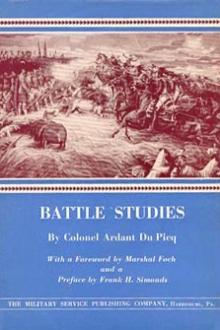
 Free Download
Free Download











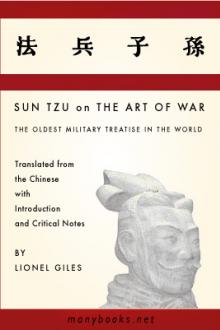




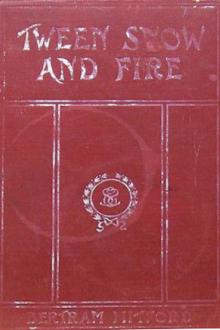


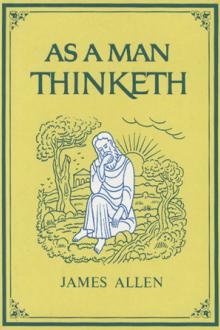
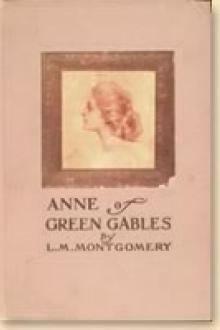
-itok=vcKIB5v1.jpg)
